Mountain biking is a popular off-road cycling discipline with many different sub-disciplines, styles and formats. One broad sub-category of mountain biking is racing, which offers a fun way to compete against others, challenge yourself and get more out of your riding.
There are four main racing disciplines for mountain bikes: cross-country; downhill; enduro; and 4X racing.
Each of these disciplines tests different aspects of your fitness, strength and riding skills. Cross-country is all about high speeds and is a true test of fitness, with riders bombing up hills as well as down them, whereas downhill and enduro are all about the rush of gravity-fuelled descents, jumps and technical skill.
Unique bikes have been designed to fulfil the needs of each discipline, with cross-country machines helping you to pedal along at high speeds and downhill bikes being able to take the brunt of large impacts. However, you don’t need to worry too much about having exactly the right bike for each discipline, especially if you’re just dipping your toe into racing.
Just as they make different demands on bikes, these sub-categories of racing often require different kit, from lightweight helmets and Lycra shorts to full-face helmets and body armour.
In this guide, we take you through what defines each of the race disciplines and explain the kit and bikes suited to each.
Cross-country mountain bike racing

Cross-country mountain bike racing involves a mass start and is raced around a taped circuit. The circuits are normally 1.5-3km in length, including uphill, downhill, jumps, drops and singletrack. The category will determine the number of laps.
Cross-country is an exciting race discipline because you are bar-to-bar with competitors fighting for position. It’s also a good test of fitness and your handling skills.
Don’t let that put you off, though. It’s for anyone with a mountain bike who's as happy riding uphill as they are down.
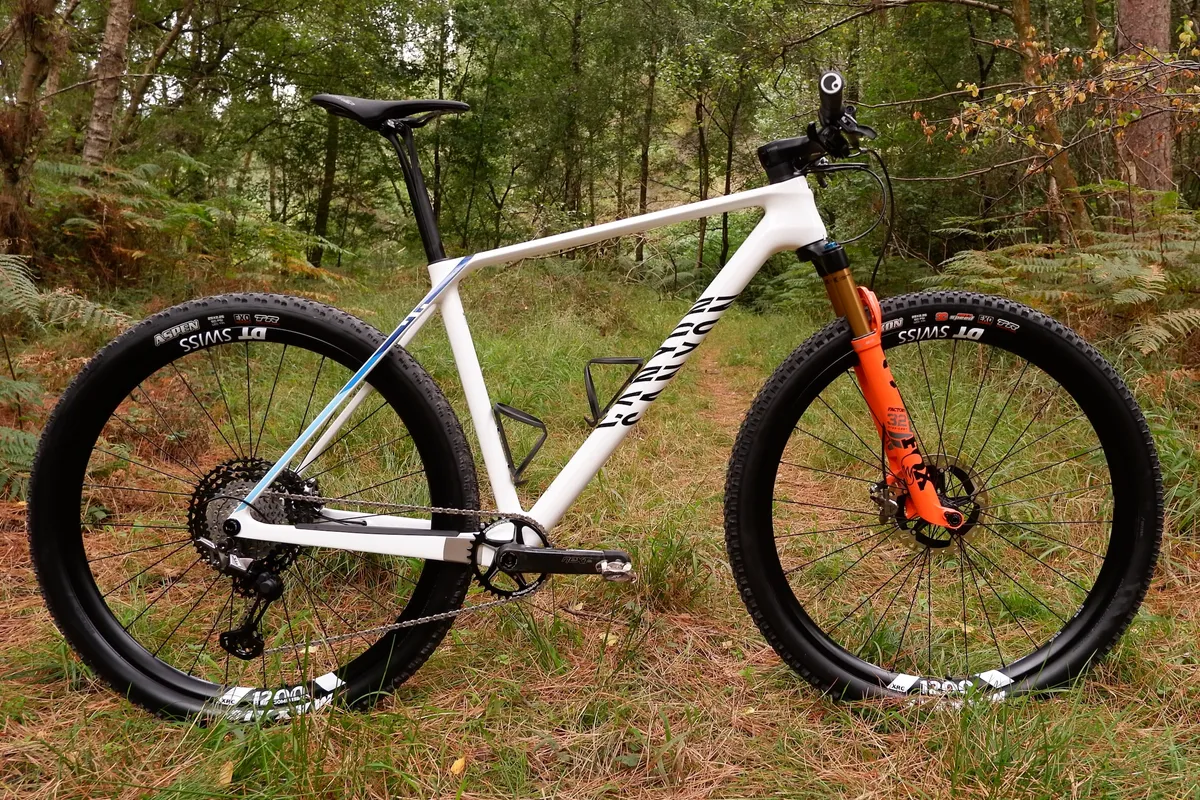
The ideal cross-country bike is either a hardtail or short-travel full-suspension bike. You’ll need a decent range of gears to handle all the climbing and tyres that offer decent traction but roll quite quickly. A dropper post is a plus for technical descents.
Most XC racers will wear lycra shorts and a jersey, but any kit that’ll prevent you from getting too warm should work. You don’t need to worry about body armour because comfort and freedom of movement are key. A well-ventilated mountain bike helmet is ideal, too.
To find cross-country races, check national governing body websites for details or just do a Google search. There are loads of regional events in the UK, as well as an established national series.
Downhill racing
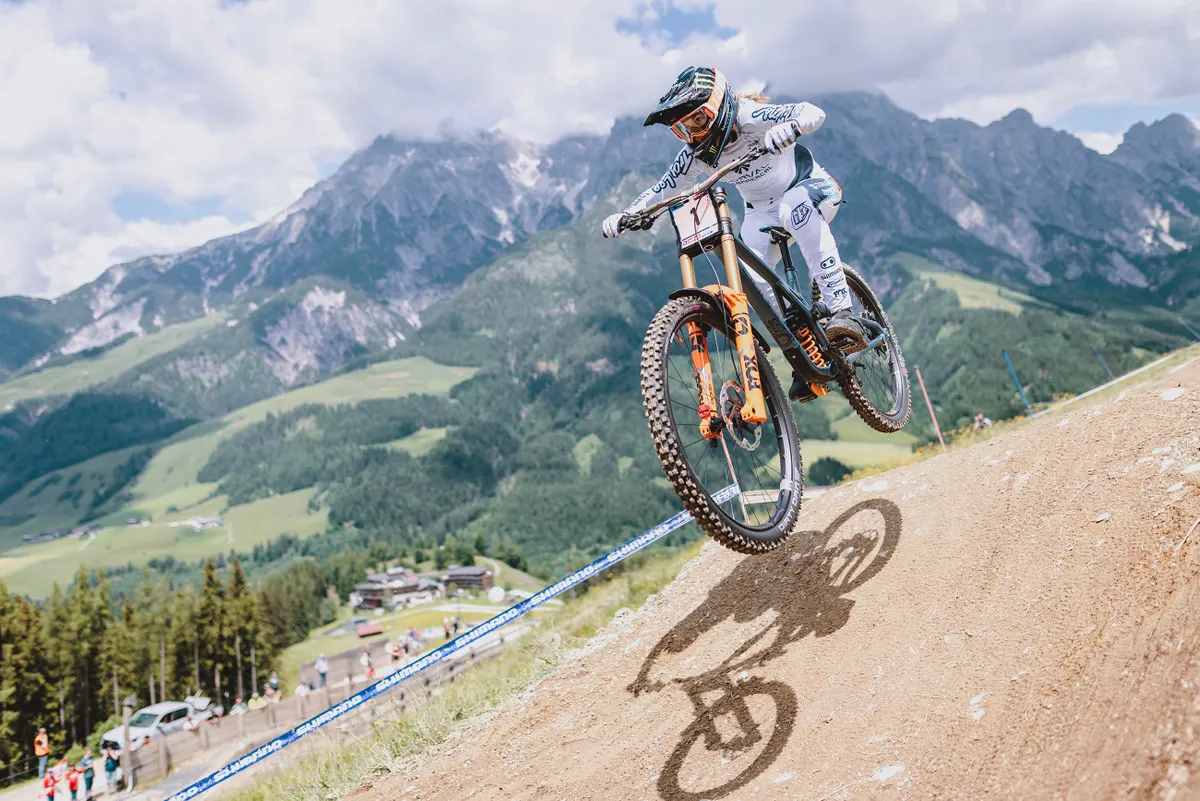
Downhill racing is a run from the top to the bottom of a hill or mountain. Riders compete individually on a fully taped course with the fastest time in each category winning.
Depending on the location and size of the event, courses will vary in difficulty, but most will offer safer secondary routes around highly technical obstacles and sections.
The downhill racing scene is friendly, thanks in part to riders competing against the clock rather than against one another on a track. The format usually sees the fastest rider going down the hill last, making for an exciting finish.
Due to the nature of the tracks and their features, downhill requires skill, commitment and confidence to do well, which results in some spectacular riding.
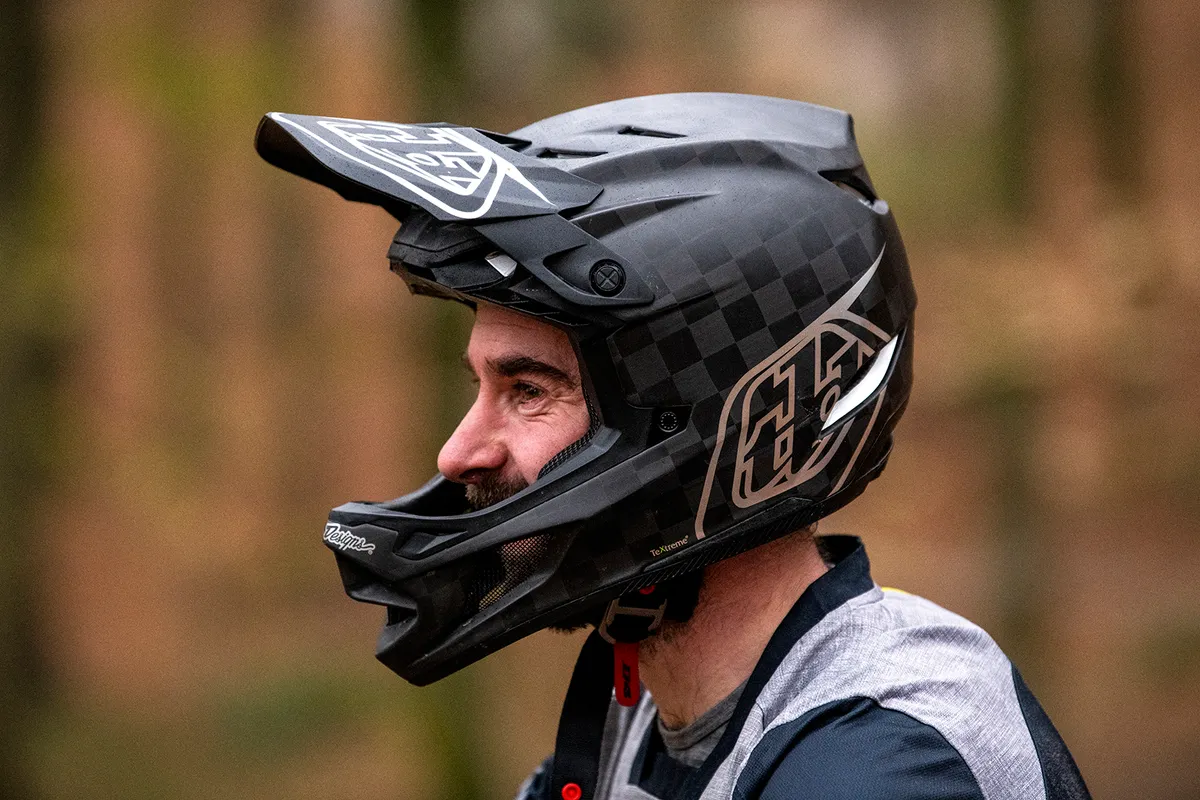
To compete at the top you need to be fit, but downhill is more about strength and power compared to cross-country. So if you prefer to practise corners and jumps rather than hammering out the miles, downhill might be for you.
If you’re racing on shorter tracks at a grassroots or regional level, a hardtail bike with a suspension fork and disc brakes should be fine. Bigger races (and hills) are more suited to dedicated downhill mountain bikes or full-suspension bikes with stickier tyres and tougher components. Expect to see dual-crown forks, narrow gear ranges, lots of suspension and big disc rotors.
For safety, a full-face helmet is mandatory, and it’s wise to use body armour, including knee pads, elbow pads and back pads.
You can find downhill races by searching via your national governing body website for information. Smaller events hosted by the likes of Mini Downhill in the UK are a great place to get started.
Enduro racing
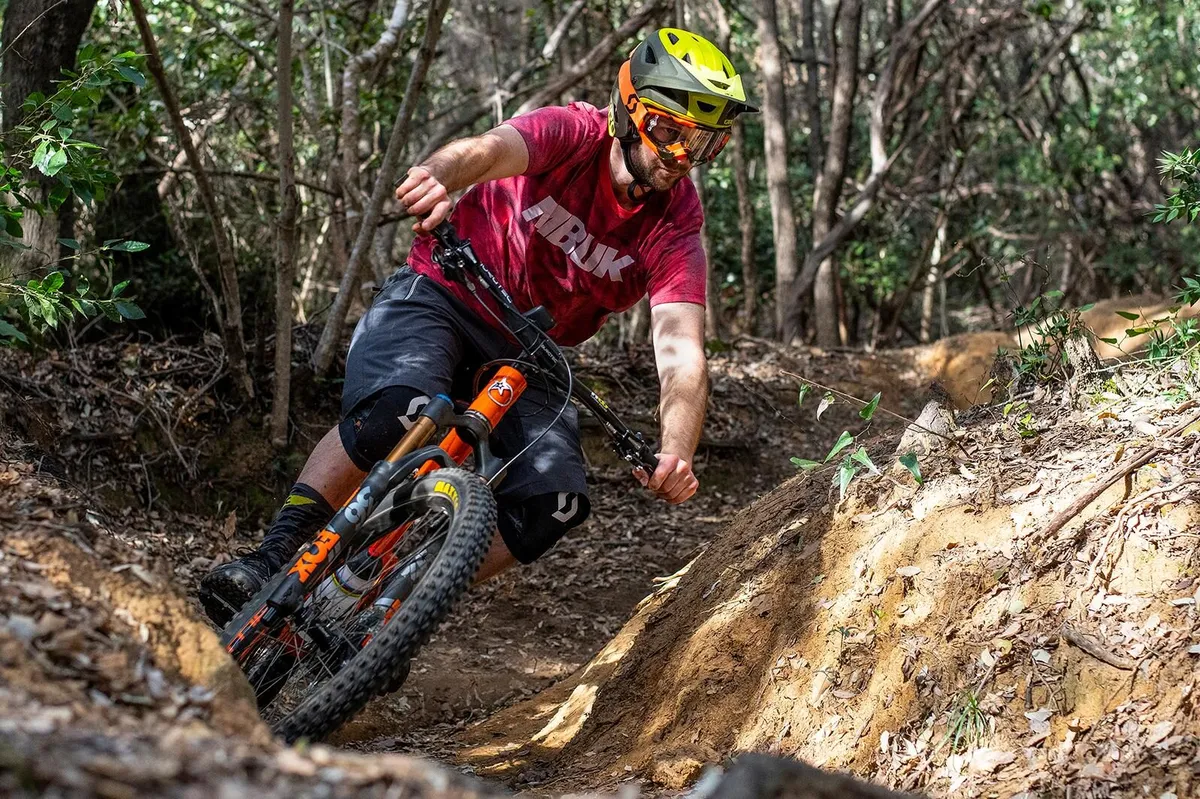
Enduro racing consists of multiple timed stages (mostly downhill) with liaison sections in-between, joining them all together. In more serious races, you’ll need to complete the liaison stages within a time limit. While you can ride with your mates between the timed stages, you race the stages individually.
Enduro offers loads of time on the bike compared to downhill. Similarly to downhill, it’s a great test of skill, but the fitness element means it’s not totally dissimilar to cross-country either. Overall, it’s very sociable and quite relaxed. It’s not great for spectators, though.
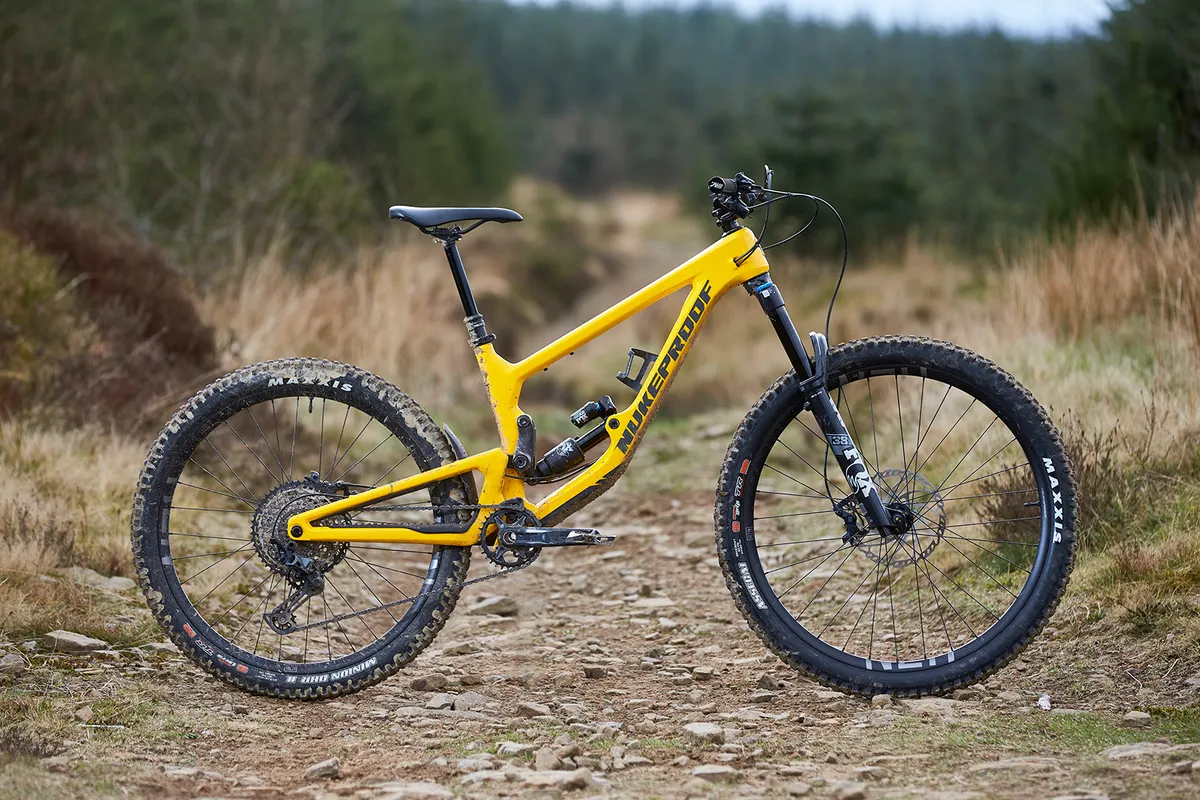
This type of racing is for people looking to challenge their bike-handling skills and fitness levels all at once. It's also ideal for those looking to spend a lot of time on the bike.
To compete in enduro races, you’ll need anything from a hardtail with a suspension fork to a longer-travel trail bike or dedicated enduro bike.
It’s worth getting a lighter-weight full-face helmet, which will offer the necessary protection without making you overheat on the pedalling sections of the races.
Check your cycling governing body website for information on enduro races, or head to the Enduro World Series site where they’ll help you navigate to bigger races that could eventually help you develop into an EWS racer.
4X racing
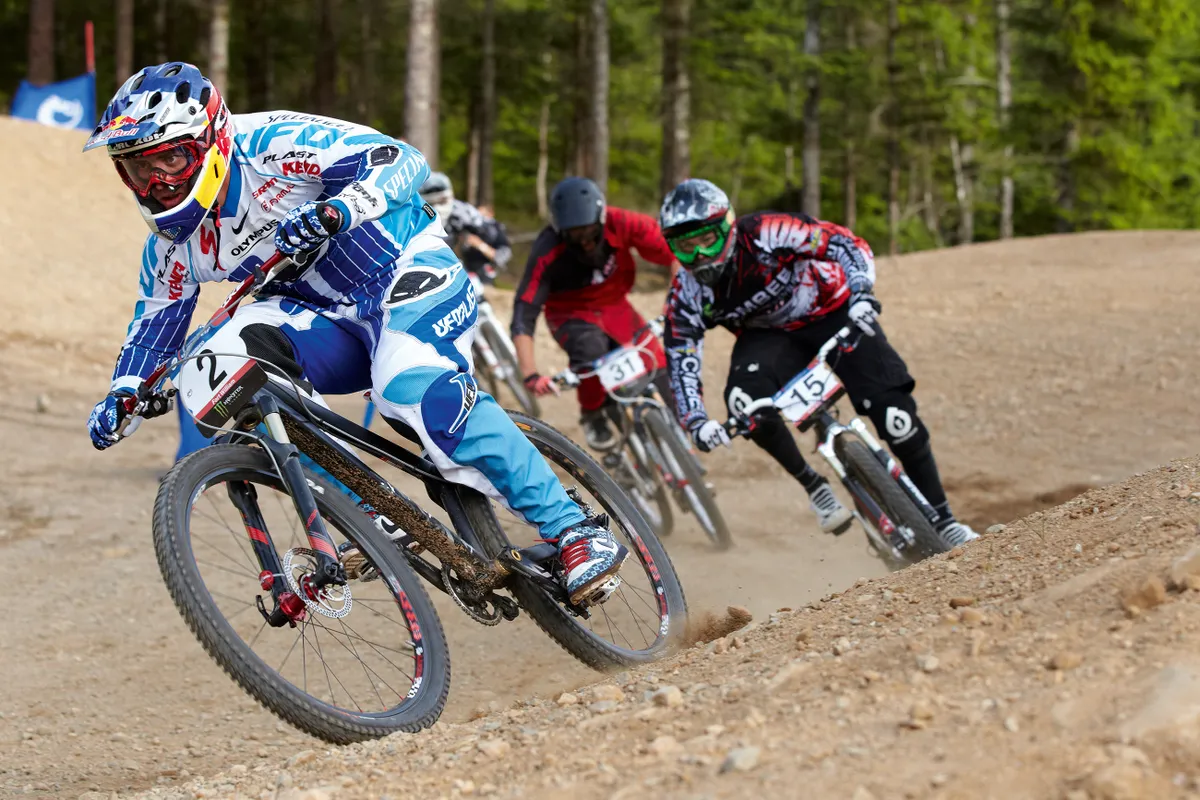
Also known as four-cross, 4X racing involves four riders racing head-to-head on the same (relatively short) track, littered with jumps and berms (and, of course, other riders).
This discipline is easy to understand, close, high-drama racing and the bikes required to compete are relatively simple and cheap when compared to other disciplines.
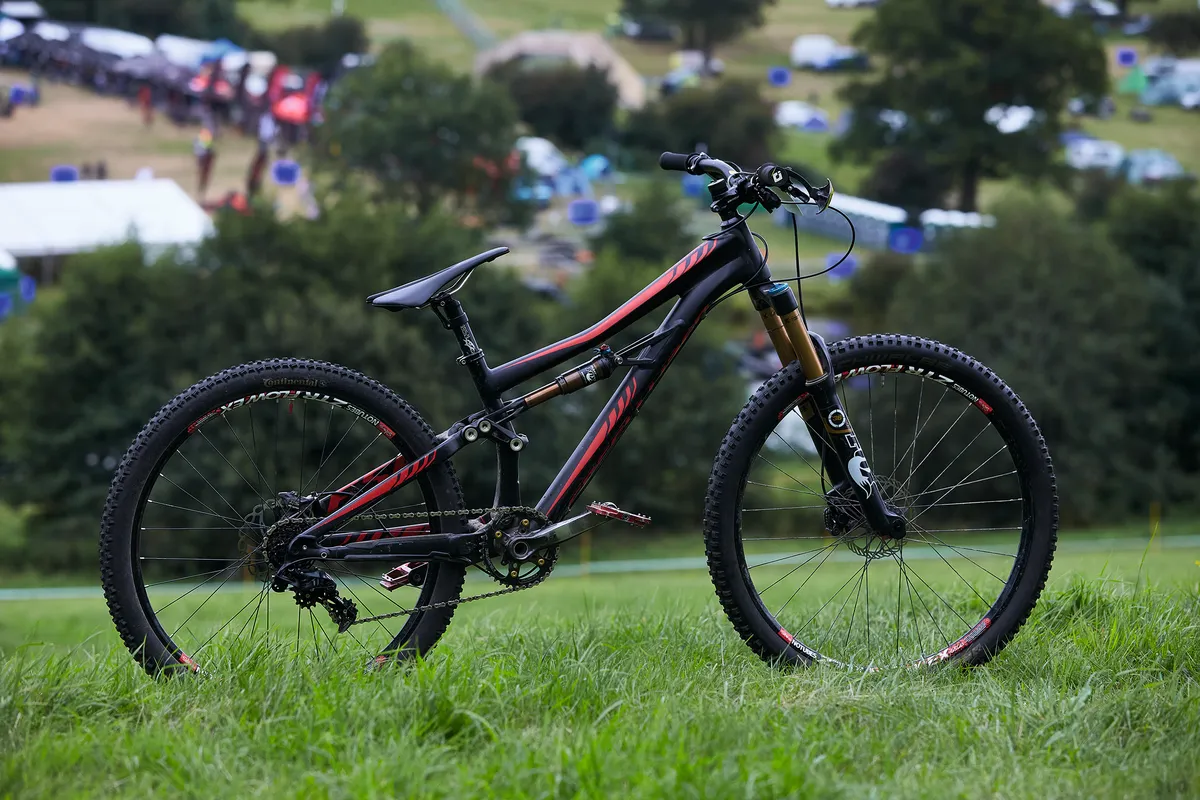
Four-cross is for anyone looking for some excitement, and for those who like hitting jumps and being close to their racing rivals.
Hardtails with a suspension fork are the most common bikes at these races. Decent mountain bike tyres and mountain bike brakes are good to have too, as well as a full-face helmet, knee pads, elbow pads and back protection.
Most governing bodies will list events and you can watch the big 4X Pro Tour on YouTube.
